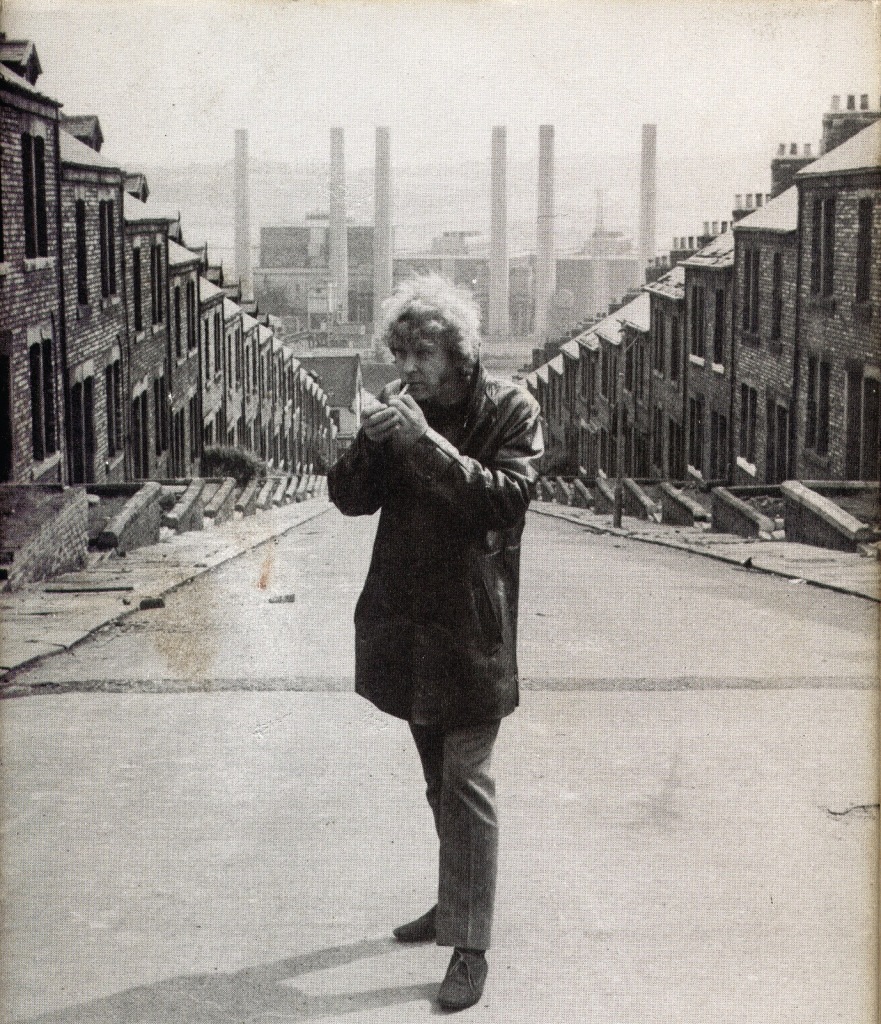It is impossible to discuss British author Ted Lewis’s 1970 novel, Jack’s Return Home, without mentioning its better-known 1971 film adaptation,Get Carter. Rarely has such an influential crime novel dwelt so deeply in the shadow of its cinematic adaptation. In the wake of the movie’s success, the book was quickly retitled Get Carter (which is how I’ll refer to it) and the main character forever associated with British actor Michael Caine, then at the height of his preternaturally long acting career, in a snappy suit and tie, grimly looking over the barrel of a shotgun.
Not that anything else Lewis wrote was particularly successful. As British crime writer Ray Banks observed in a piece on the site The Rap Sheet: “As far as forgotten books go, you could make a claim for pretty much anything Ted Lewis wrote.” But what Lewis lacked in sales, his books, particularly Get Carter, made up for in the glowing praise of crime writers, nearly all of it posthumous.
Get Carter and its subsequent prequels, Jack Carter’s Law (1974) and Jack Carter and the Mafia Pigeon (1977), have recently been rereleased by Syndicate Books, which marks the first time they have been available in North America for 40 years. The blurbs at the beginning of the new versions represent a who’s who of muscular crime fiction: Dennis Lehane, David Peace, Derek Raymond, James Sallis, Stuart Neville, and John Williams. Williams, author of The Cardiff Trilogy, describes Get Carter as “the finest English crime novel ever written.” Raymond and Peace credit him not only with influencing their work but also with kick-starting noir fiction in the UK.
You can read the rest of my essay on Ted Lewis and the influence of his Jack Carter books, at the Los Angeles Review of Books here.
More information about the re-released Jack Carter trilogy is available on the Syndicate Books site.





















What a picture. Those semi-detached, and the line of sight to the factory, give a whole new meaning to the term ‘workers-barracks.’
Isn’t amazing and you are right about the barracks feel.
Yep, the cinematography was one of the highlights of the movie, and that camera set-up into which Lewis has walked was one of the highlights.
Pingback: Sexy Beast: the last good British gangster film | Pulp Curry
Pingback: The mystery of Billy Rags | Pulp Curry